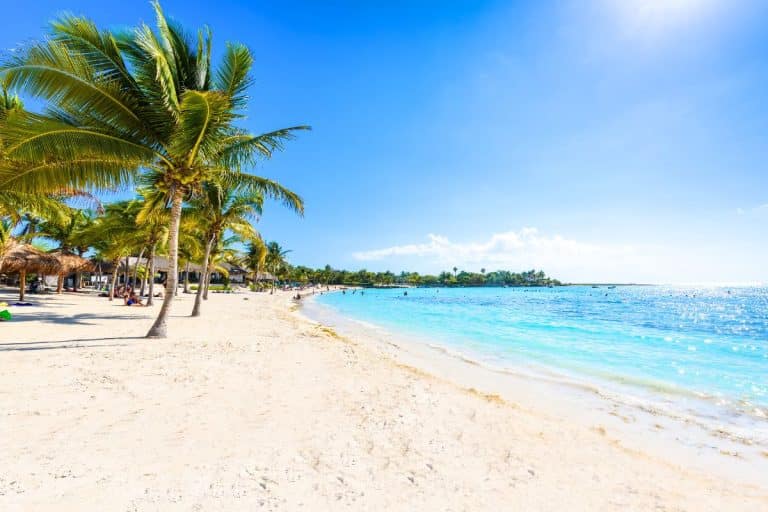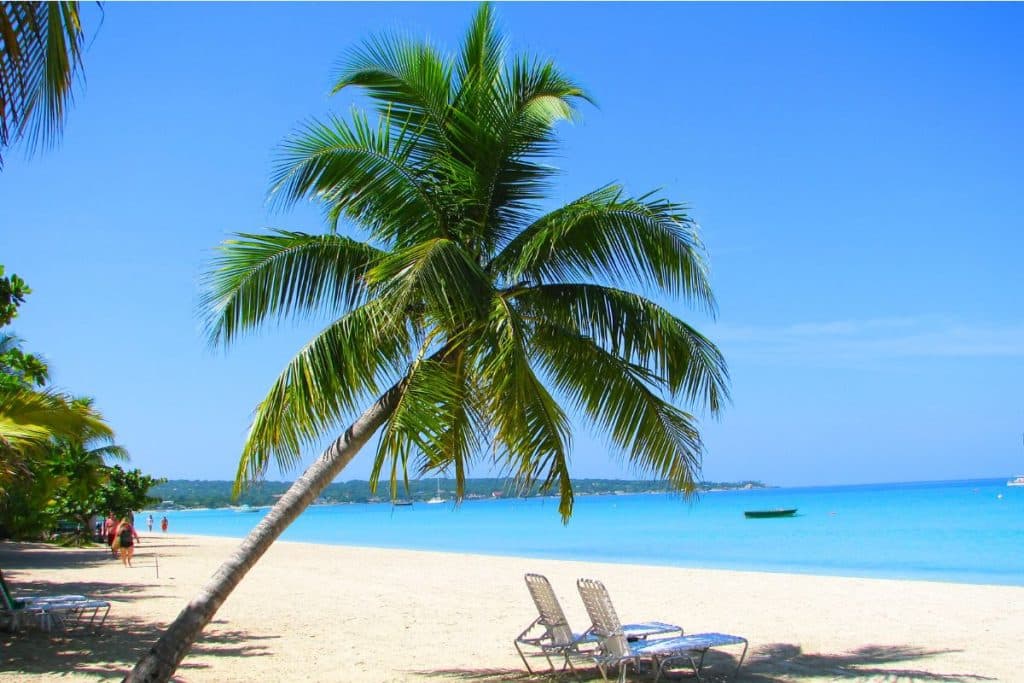A study published in the peer-reviewed scientific journal Nature Climate Change suggests that more than half of the world’s sandy beaches could be gone by 2100.
“We need to understand that nature tends to always change and the shoreline is very dynamic,” Michalis Vousdoukas, an oceanographer and lead author of the study, told Travel + Leisure.
Even though it is typical for shorelines to retreat, under normal circumstances the back part of the beach would also change so that the overall size of the sandy area would be maintained. The problem is that humans have typically constructed these beach backs, indicating that the beaches will begin to disappear.
The HawaiianIslands.com website has combined statistics with the most popular beaches on Tripadvisor in each country to show how many of the world’s beaches could disappear by the turn of the century.
Landmark Beach in Lagos, Nigeria, takes the top spot with a projected shoreline loss of 3,012.8 feet. Following closely is Mackenzie Beach in Larnaca, Cyprus, estimated to lose 2,168.3 feet of shoreline. Additionally, Spiaggia La Cinta in San Teodoro, Italy, faces a potential loss of up to 1,687 feet of shoreline.
According to Vousdoukas, the islands are so threatened because they are “low-lying and relatively narrow, making them vulnerable to coastline retreats.”
Completing the global top 10 list are Praia Da Costa Do Sol in Maputo, Mozambique; Kuakata Sea Beach in Patuakhali, Bangladesh; KaByar Wa Beach in KaByar Wa, Myanmar; Entry of Elegushi Beach in Lekki, Nigeria; Royal Commission Beach Yanbu in Yanbu Al Bahr, Saudi Arabia; Simaisma North Beach in Al Daayen, Qatar; and Al Thakeera Beach in Al Khor, Qatar.
Playa Akumal in Cancun leads the list in North America with a length of 872.3 feet, followed by Playa Veracruz in Panama City at 664 feet, and Clearwater Beach in Longboat Key, Florida, at 634.5 feet. Remarkably, Clearwater Beach is the sole American beach to secure a spot among the top 15 on the continent.
“Overall North American beaches are less natural and more managed than South American ones,” Vousdoukas said. “In South America, there are natural and anthropogenic erosion processes going on which combined with shoreline retreat will lead to more erosion.”
Brazil claims the top five South American beaches, with the Beach of Morro Branco in Beberibe, Praia Dos Carneirdos in Tamanandaré, and Porto De Galinhas in Ipojuca taking the leading positions.
According to the report, more than one-third of the world’s coasts are currently sandy beaches, and reducing greenhouse gas emissions would be the most effective approach to solving the problem. Even modest reductions in emissions could prevent up to 40% of coastline retreat.
But at the moment, we are endangering their natural mobility more and more by constructing on those shorelines. “So we need to understand the importance of keeping the coastline as natural as possible and free of hard, permanent structures,” Vousdoukas said.


